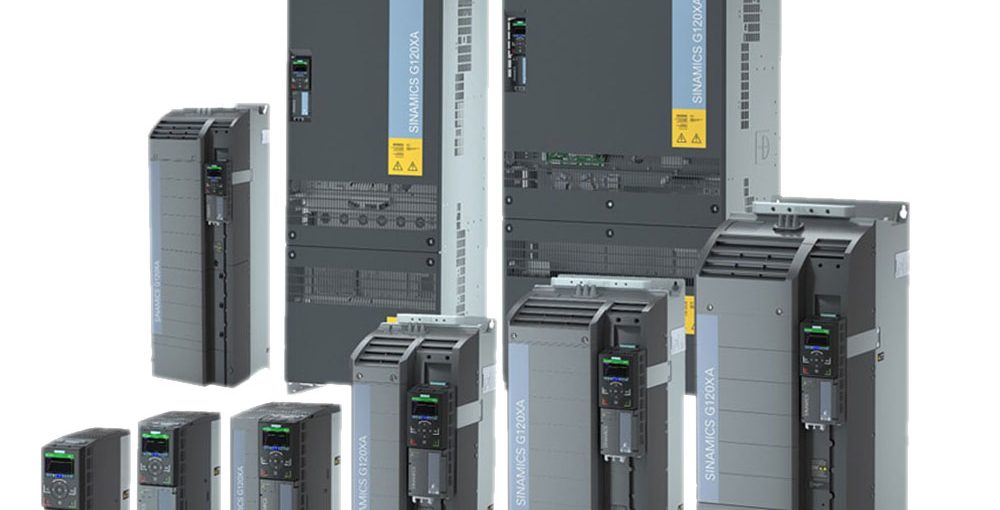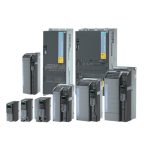A VFD, which stands for Variable Frequency Drive, also commonly known as an inverter, adjustable speed drive (ASD), adjustable frequency drive (AFD), or AC drive, is an electronic device that controls the speed and torque of an AC electric motor by varying the frequency and voltage of the electrical power supplied to it.
These cases aThe fundamental principle is that the speed of an AC induction motor is directly proportional to the frequency of the power supply (N=120×f/p, where N is speed, f is frequency, and p is the number of motor poles). By controlling the output frequency, the VFD precisely controls the motor’s speed. To maintain the motor’s magnetic flux and prevent saturation, the VFD also adjusts the voltage proportionally to the frequency (V/Hz ratio).
INVERTER:
This is the core of the VFD. It takes the DC power from the bus and converts it back into AC power, but this time with a variable frequency and variable voltage. This is achieved using high-speed switching components, typically IGBTs (Insulated Gate Bipolar Transistors). By rapidly turning these IGBTs on and off (a technique called Pulse Width Modulation, or PWM), the inverter generates a series of DC pulses that, when averaged over time, closely resemble a sinusoidal AC waveform with the desired frequency and voltage.
VARIABLE FREQUENCY DRIVE-VFD
VFDs eliminate the high inrush current and mechanical shock associated with direct-on-line (DOL) motor starts. They gradually ramp up the motor’s speed, reducing mechanical stress on the motor and connected equipment (gears, belts, couplings), leading to longer equipment lifespan and reduced maintenance. By controlling acceleration/deceleration and matching motor speed to the load, VFDs reduce wear and tear on mechanical components, leading to less downtime and lower maintenance costs.




3 Comments
Mitsubishi Electric FX2N-32MR-ES/UL Series Programmable Controllers
Cras maximus ultricies volutpat. Praesent ut enim non enim vulputate fringilla.
Cras maximus ultricies volutpat. Praesent ut enim non enim vulputate fringilla.